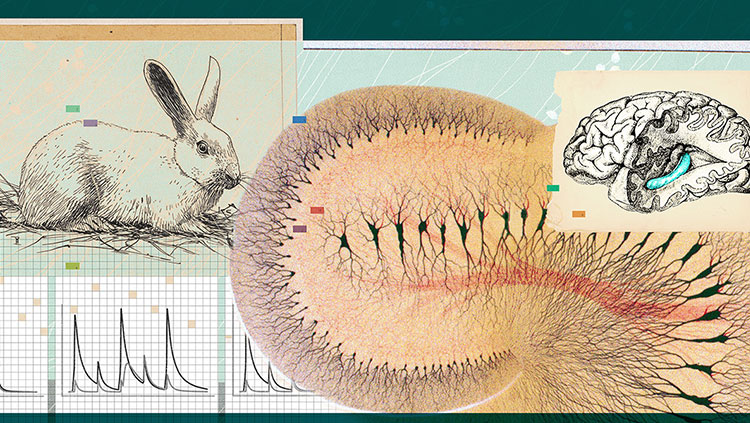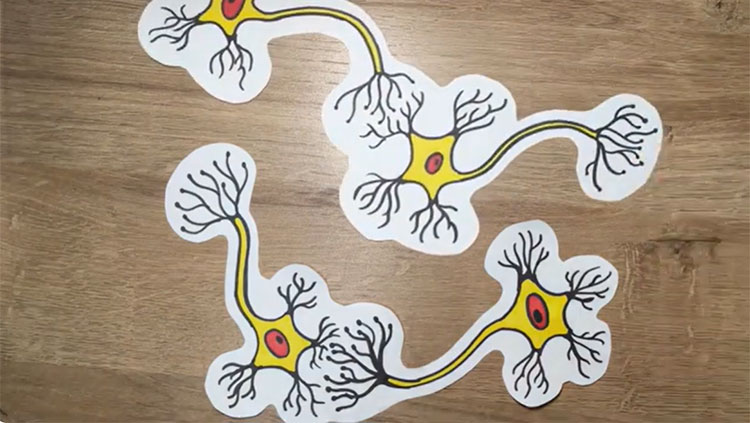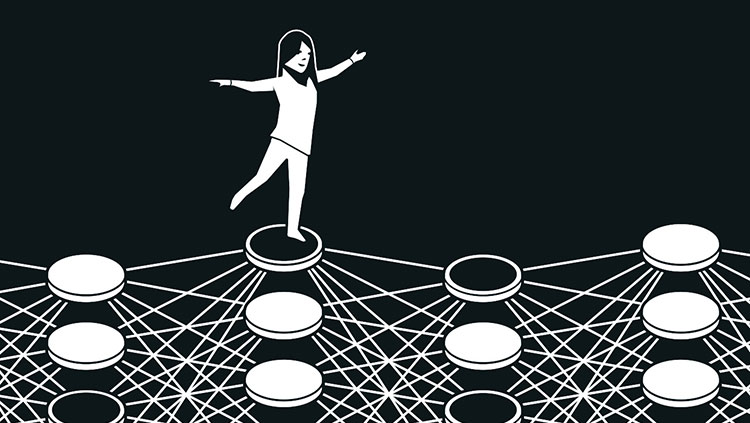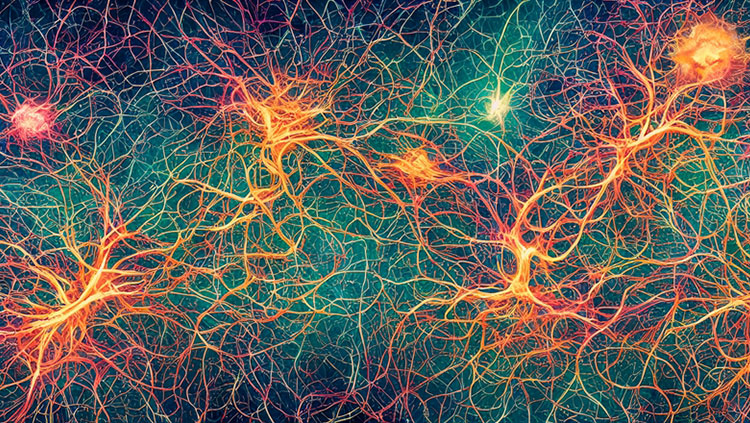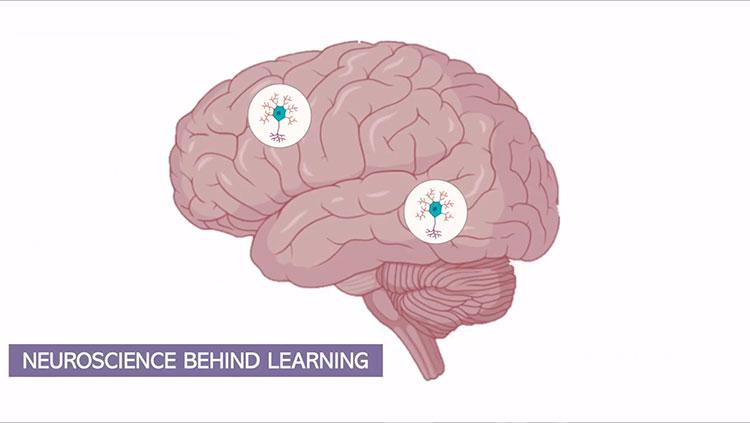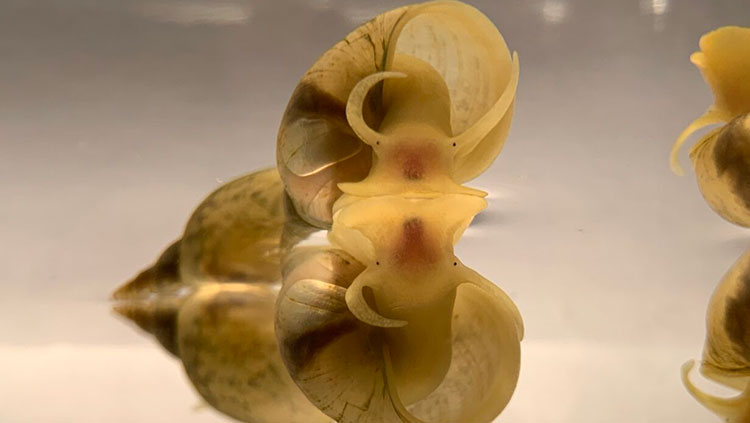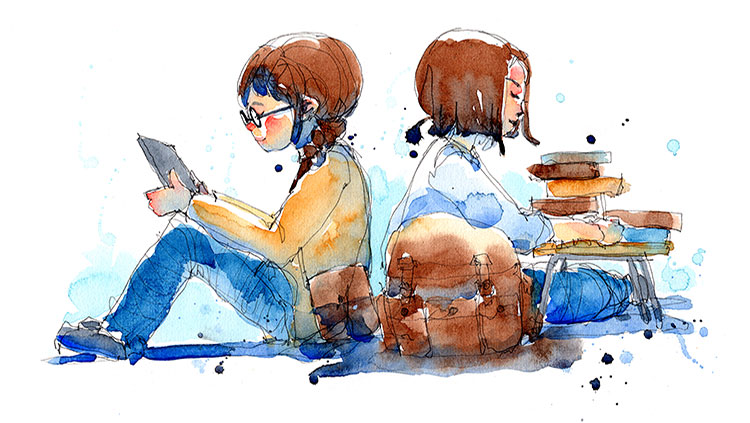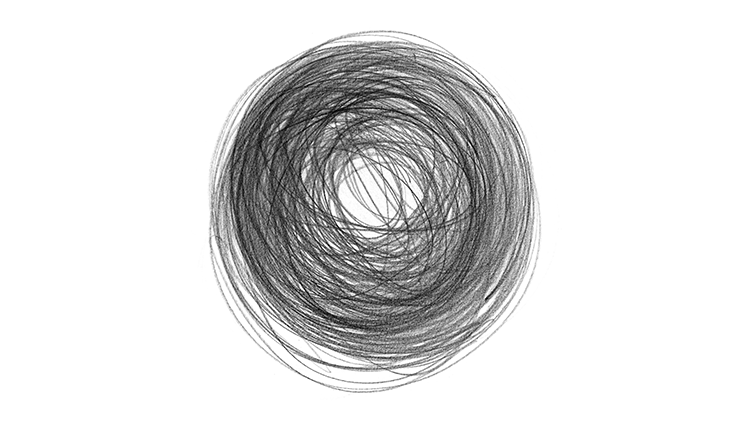“The Shape of Our Memories” is a reflection on how memories are formed, stored, and reshaped over time.
Memory is not just a record of the past, but a living, evolving part of who we are. Each recall is a quiet rewriting. Learn more about the journey of memory from synapses to sensations and how this journey informs how we remember, why we remember, and how those memories change us.
This is the second place winning video from the 2025 Brain Awareness Video Contest.
Created by Yewon Jun
CONTENT PROVIDED BY
BrainFacts/SfN
Transcript
Some of our memories feel like dust. They hang in the air. They shimmer for a moment as they settle. Others return uninvited, sharp as lightning.
Yet, memory isn't a drawer we open or a file we look back on. It's much more alive and fragile.
Memory begins with change in your brains. A signal flies between neurons. As that signal repeats, the path grows stronger. This unique process — long-term potentiation — is the brain's way of telling: This matters, let's keep this. A physical trace carved into the cell's intricate networks.
At the heart is the hippocampus: a very small, curved structure embedded in the temporal lobe. It cannot keep memories forever. Yet, it binds them all together — sound, light, motion, emotion — and starts the work of consolidation. They send them outward for long-term storage.
But not every moment are equal. The amygdala, the emotional alarm bell of our brains, collaborates with the hippocampus to tag specific memories, particularly the ones that make us truly feel. That's why grief hurts, why joy shines, why fear lingers.
As time passes, memories move away from the hippocampus, spreading across the cerebral cortex. In the sensory areas that first harness the experience, a memory of a face lives in the visual cortex, a voice we hear in the auditory cortex.
What we name a “memory” is a collaboration, spread all across the brain — a constellation.
At the same time, memory is malleable. Each time we remember something, we open it. We change it. This is what we call reconsolidation. To remember is not to replay. It is to rewrite. We don't simply remember the past. We layer it with the present. New emotions slip in. Past details fade away. The memory transforms into something slightly new. That isn't a flaw. It's how we foster growth.
So what is our shape of memories? Is it a line, a folder? No, it is a living architecture: a map shaped by meaning, drawn in the neural language. Our memories do not simply show us who we were. They help shape who we are and who we are still becoming.
Also In Learning & Memory
Trending
Popular articles on BrainFacts.org


